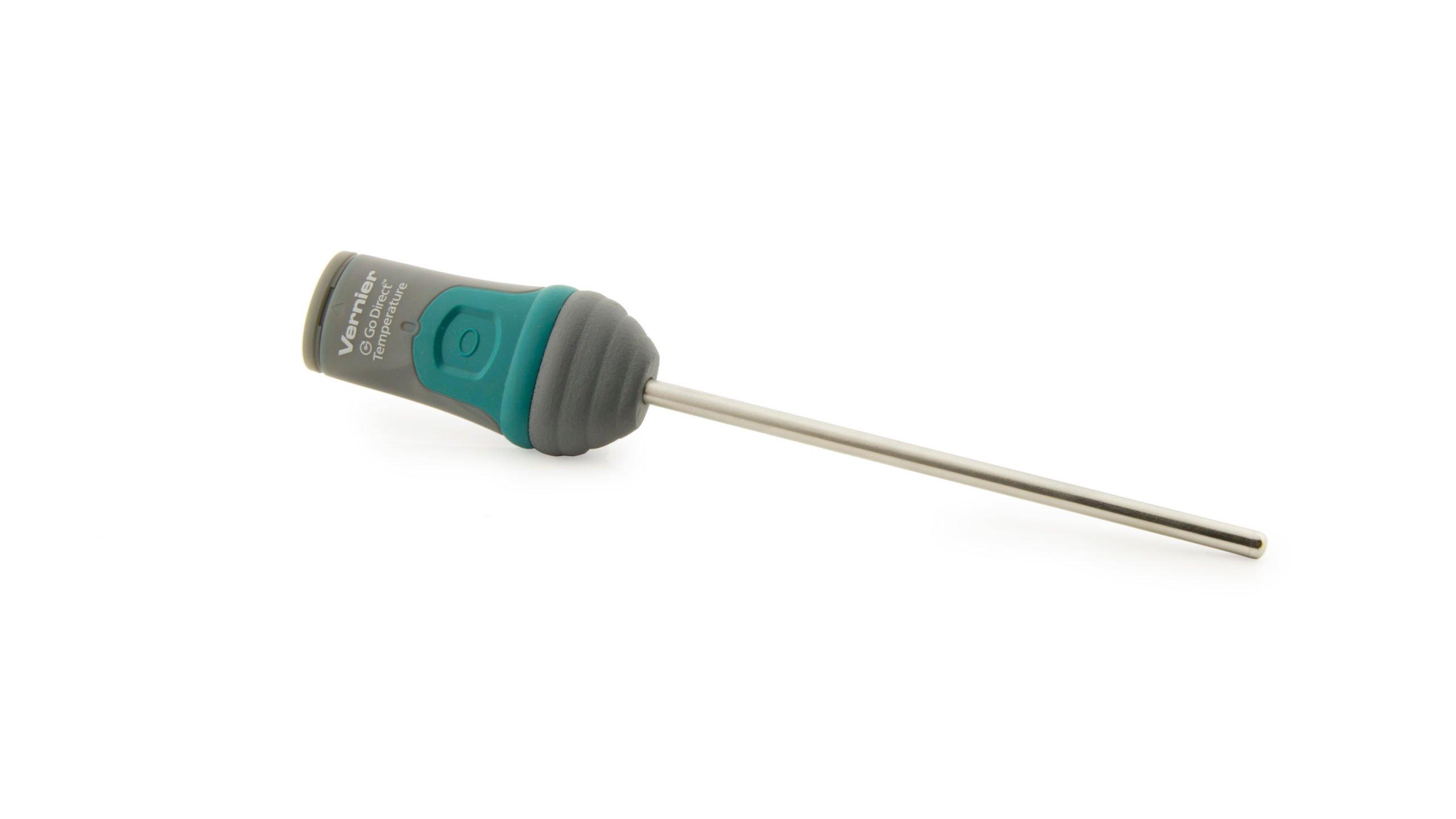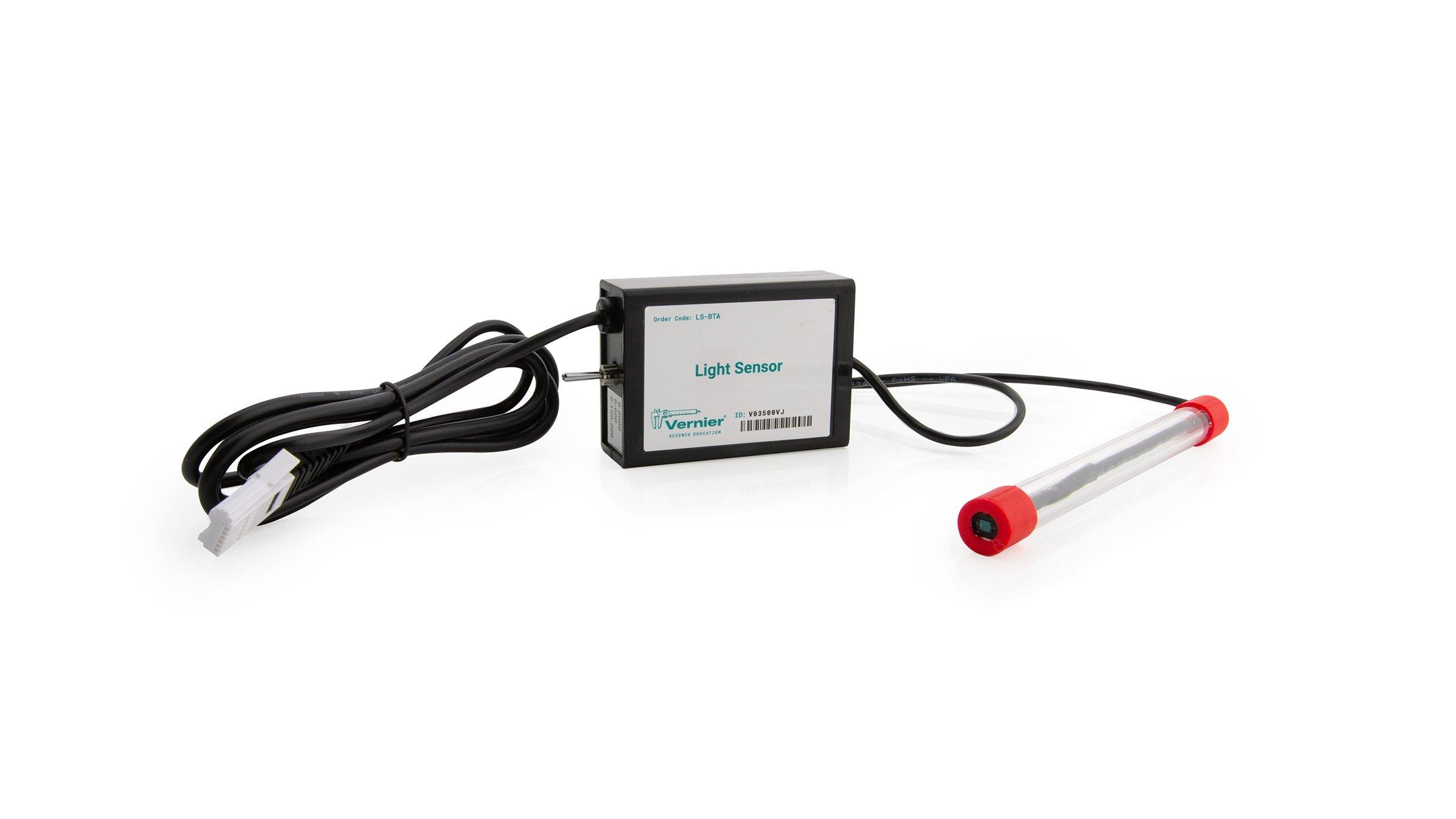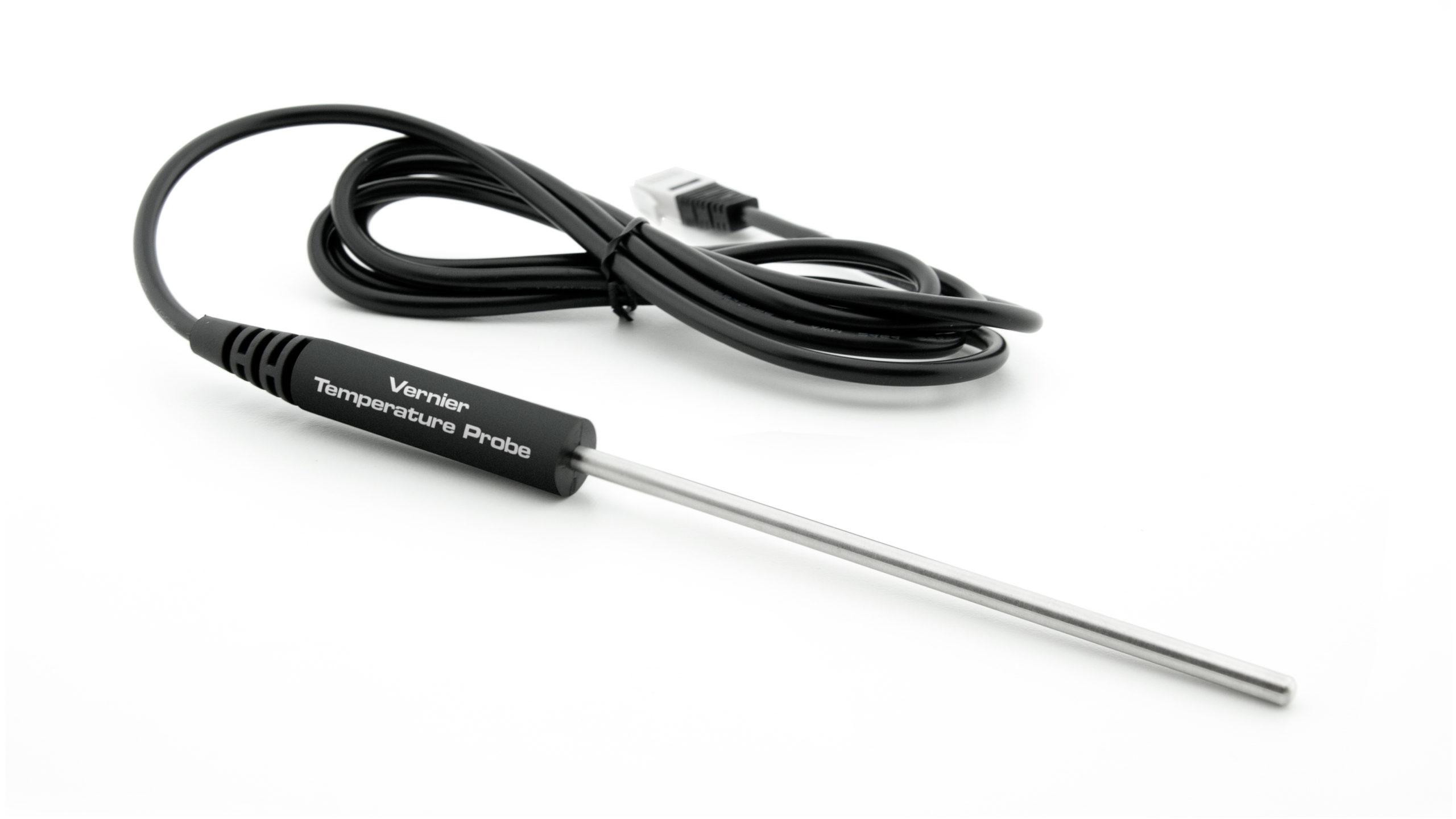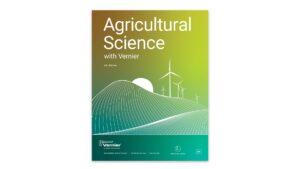Reflection and Absorption of Light
Experiment #7 from Agricultural Science with Vernier
- Subject
- Agricultural Science
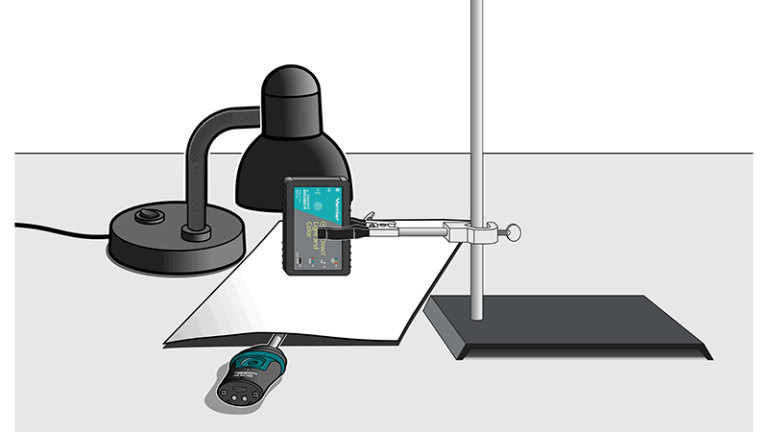
Introduction
Would you feel cooler wearing a light- or dark-colored shirt on a hot, sunny day? The color and texture of an object influences how much radiant energy from the sun the object will absorb or reflect. Every color reflects a certain amount of light while absorbing the rest as heat energy. The amount of reflected light is called the color’s light reflectance value. Dark colors with low light reflectance values tend to reflect little light while absorbing lots of heat energy, whereas light colors with high reflectance values reflect a lot of light and absorb little energy. People in warm, sunny climates are more likely to purchase light-colored cars since they don’t heat up as quickly as dark-colored ones. Many house paints come with a predetermined light reflectance value to guide consumers when making color choices for their homes. Since Earth’s surface is made of many colors and textures, it is heated unevenly. Snow, ice, and clouds reflect a lot of energy back into space, while green forests and vegetated lands absorb energy.
In this experiment, you will investigate the relationship between the percent reflectivity of various colors and the temperature change due to energy absorption. You will measure the amount of light reflected from paper of various colors using a light sensor and calculate percent reflectivity. You will also use a temperature probe to measure the temperature change of the air under the paper due to energy absorption by the paper.
Objectives
In this experiment, you will
- Use a light sensor to measure the amount of reflected light.
- Calculate percent reflectivity of various colored paper.
- Use a temperature probe to estimate the amount of energy absorbed by the paper.
Sensors and Equipment
This experiment features the following sensors and equipment. Additional equipment may be required.
Ready to Experiment?
Ask an Expert
Get answers to your questions about how to teach this experiment with our support team.
- Call toll-free: 888-837-6437
- Chat with Us
- Email support@vernier.com
Purchase the Lab Book
This experiment is #7 of Agricultural Science with Vernier. The experiment in the book includes student instructions as well as instructor information for set up, helpful hints, and sample graphs and data.


